Would it interest you to know that the hotel star ranking system is more a measure of operational features and amenities (such as having a 24-hour concierge or a gym) than a guarantee of opulence or hospitality?
Forget what you thought you knew about hotel brands and check out our pyramid illustration below. You’ll quickly see the hotel game is not a level playing field with the bottom tier of providers playing the long game by churning out no-frills nights in volume for travelers and vacationers, while the top-tier brands invest heavily in creating unique “experiences” for its exclusive clientelle made up of the wealthy and powerful.
The first thing you may notice is a lot of four and five star names commonly considered to be at the pinnacle of hotel eminence appear a lot further down than expected. Why is that? It’s because the top end of the market is open to greater variance once the cost restrictions are removed. I mean, there’s only so much you can tweak the service offerings for less than $100 a night, right?
What you may also notice is a lot more unfamiliar names among the top tiers, which represent the importance of genuine uniqueness and exclusivity among the true luxury class
The Pyramid of Hotel Brands
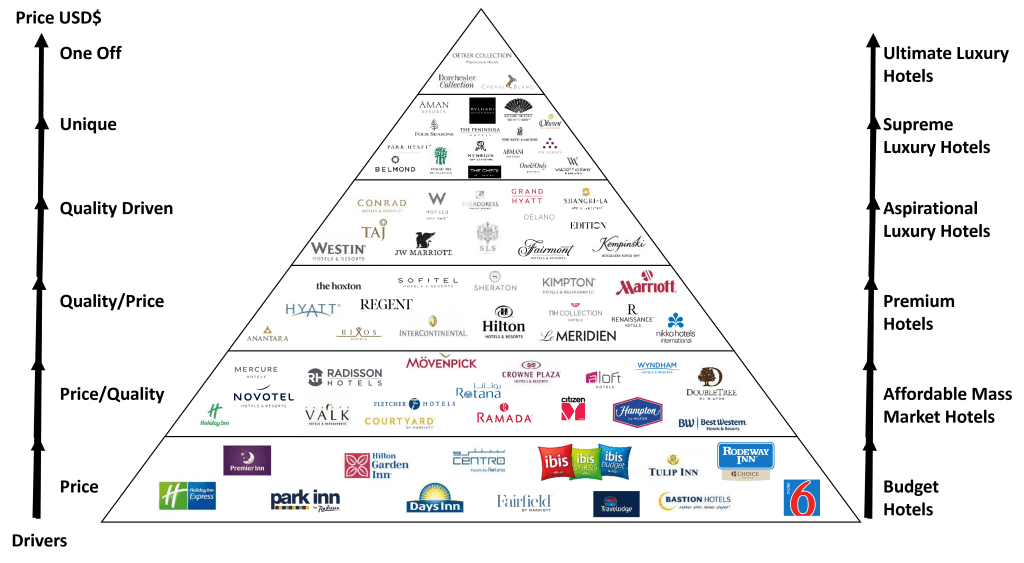
The bottom tier of Budget Hotels represents no-frills, low-cost accommodation. For vacationers, such well-known brands as Premier Inn, Travelodge, Ibis and Motel 6 represent a way to save money on accommodation to spend on other things. But don’t feel sorry for these penny-pinching brands. Budget hotels are currently benefiting from the surge in remote work with many users opting to work from cheaply rented rooms rather than at home, as well as the “staycation” trend with local guests opting for low cost opportunities to explore their own cities from a fresh perspective.
The next level above is the so-called affordable Mass-Market Hotels. These hotels can often be found on the fringes of the city center, along motorways, and provide basic amenities such as beverage service and business facilities. Brands include Novotel, Van der Valk, Holiday Inn and Crowne Plaza Hotels. These price-conscious options provide more of a traditional hotel experience, including room service and a lounge or bar, to still provide the sense of elevation from the everyday.

In the next category, Premium Hotels, you will notice the foundational or parent brands of many other hotel brands at different layers of the pyramid, including Hilton, Marriott, Intercontinental and Hyatt. These hotels define the hospitality experience for the average visitor, as they provide full hotel services, such as restaurants, gym and spa, concierge service and an elevated design aesthetic, and are located in city centers or business hubs. These are globally well-established hotel brands with well-developed operating and service standards whose names and reputation provide quality reassurance to prospective guests.
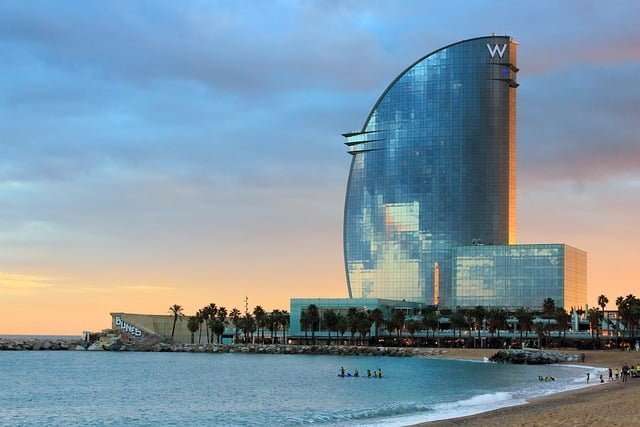
The next category is the Aspirational Luxury Hotels which are mainly owned by the previously mentioned well-known parent hotel brands. You will begin to notice the prominence of more rarified brands, such as Westin, Conrad, W Hotels, Fairmont and Kempinski, which travelers may not be familiar with in their native cities. These properties have a more distinctive upmarket brand flavor, are located in prime locations, and often labeled as luxury resorts/boutique hotels, but are still accessible to the average tourist. Although luxury in classification many are still short of the true luxury operators.
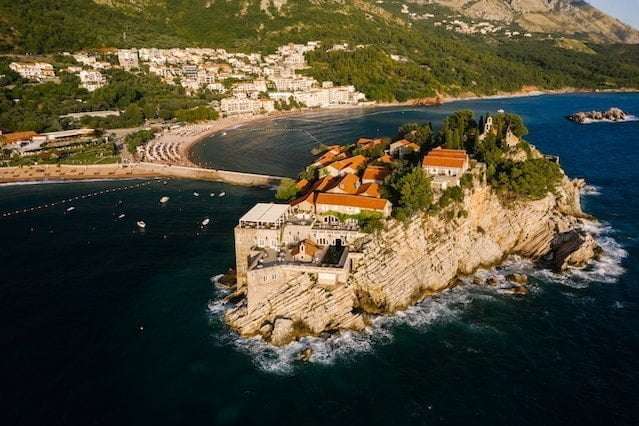
The next tier are the supreme luxury hotel brand operators. Brands include the Four Seasons, Ritz Carlton, Banyan Tree, Chedi, Aman Hotels, Mandarin Oriental, Bulgari and Peninsula Hotels.
These hotel brands offer exceptional facilities, at the right premium locations with outstanding customer service and experiences. The properties are priced at the top end of the market and the mix of properties includes both new build, modern and classic buildings.
This is the tier in which hoteliers love to promote “the experience” of the stay, meaning the unique flavor of the property and location, the attentive and personalized service, plus the added value of high-end perks and amenities, such as Michelin-star restaurants or butler service.
Lonely at the Top

The summit of hotel brands is led by three brands you almost certainly haven’t heard of: The Oetker Hotel Collection, Cheval Blanc and the Dorchester Collection, owned respectively by the Oetker family (yes, the baking goods company!), LVMH and the Sultan of Brunei.

What makes these brands so special? They are the owners of the world’s most desirable hotel assets and destinations. Fancy exclusive clubs for the rich and famous.
The hotels are known as classic properties, steeped in the history of glamour, celebrities and luxury. For instance, The Oetker Hotel Collection includes famous assets such as Hotel du Cap-Eden-Roc in the south of France, popular with actors during the Cannes Film Festival, or Eden Rock – St Barths a favorite New Year’s destination. The Dorchester Collection includes the Hôtel Plaza Athénée and the Beverly Hills Hotel, for instance.
These brands capture the essence of a bygone era of travel and hospitality in the most desirable locations in the world. Due to limited rooms at the hotel properties, rooms during high seasons are ultra-exorbitantly priced or simply unavailable.
Reviews & Consolidation
As consumers, we are living in the golden age of online reviews, allowing for more informed decision-making and the ability to better customize our travel experiences to fit our preferences. But as individual hotel properties and brands continue to consolidate under the industry giants, the benefits for the average guest are probably mixed at best.
Without question, loyalty programs will continue to expand and offer a wider selection of rewards across a broader spectrum of hotel offerings for those who are happy to stick with their favorite brand to reap those sweet, sweet points.
On the down side, will we see a growing tendency towards mediocrity with a standardization of services and experiences across properties, diluting the uniqueness and individuality of each hotel? That quaint little boutique you discovered just outside Lisbon? Will they go the way of the mom-and-pop bookshop in the wake of Amazon and the surge of online booksellers? The Chelsea Hotel in New York and the Hôtel de Crillon in Paris are two notable examples receiving heavy criticism from longtime guests after acquisition by larger hotel brands due to an apparent loss of charm and traditional allure.
In the end, knowledge is power and it pays to know as much as possible as a hotel consumer to try to leverage any angle and maximize your value for money.
We welcome your feedback and comments. Register now to join the conversation, access exclusive content, and be a part of our exclusive brand communities.
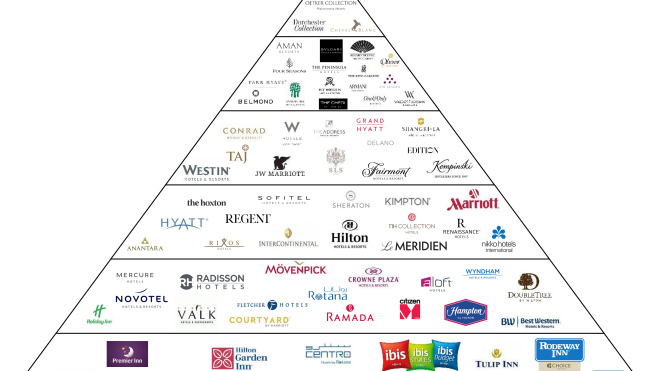
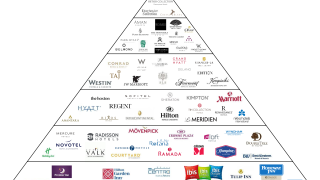


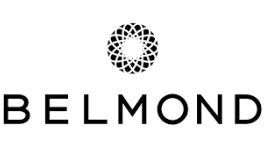
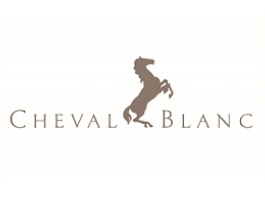


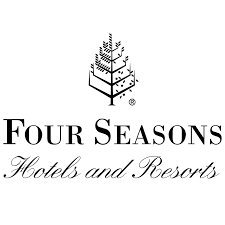
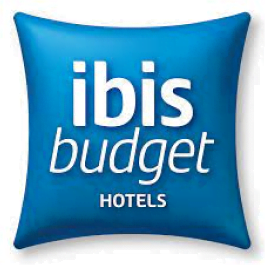












Very interesting pyramid.
The key differentiators for those at the top of the list is a topic of great interest!